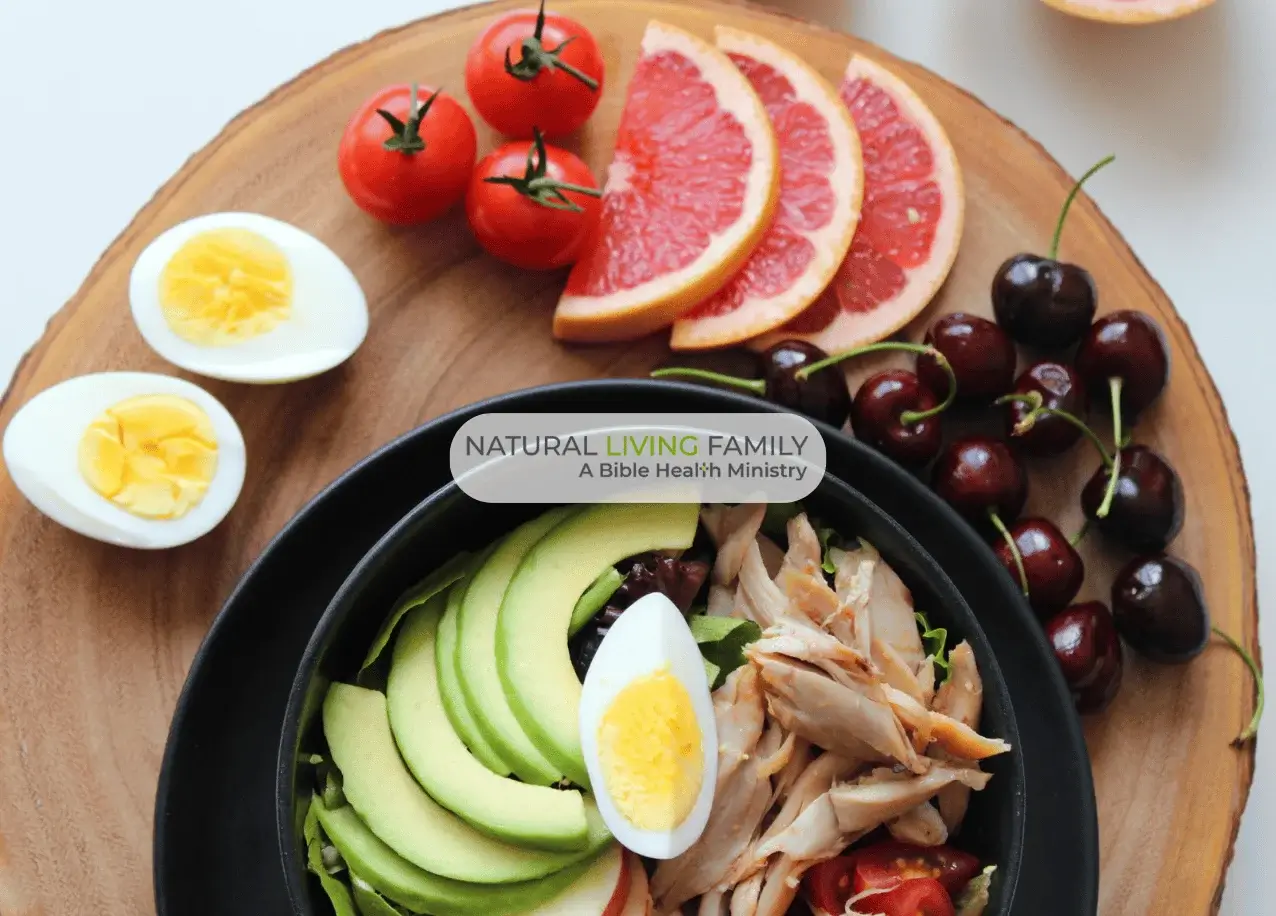Bisphenol A (BPA) is widely used in plastics and food packaging, but research shows it has dangerous BPA side effects, particularly as a hormone disruptor. BPA exposure has been linked to fertility issues, metabolic disorders, obesity, and diabetes. Even “BPA-free” alternatives pose similar risks due to chemicals like BPS.
Manufacturers have replaced BPA with Bisphenol S (BPS) and Bisphenol F (BPF) in many plastic products labeled “BPA-free.” However, research indicates that BPS and BPF share similar structural and chemical properties to BPA, which means they can also disrupt the endocrine system and cause similar health issues. These chemicals can still leach into food and beverages, especially when exposed to heat or wear and tear. When selecting products, be mindful that “BPA-free” does not necessarily mean safe, and it’s best to stick with alternatives like glass or stainless steel.
Bottom line: to avoid BPA, use glass containers, limit contact with plastic food packaging, and opt for BPA-free products cautiously.
Table of Contents
BPA is Virtually Unavoidable
You probably see BPA mentioned frequently on plastic water bottles and other food and liquid containers. National advertisers have jumped on the “BPA Free” bandwagon since the chemical’s known side effects have been heavily promoted in the media. But you may not be aware that BPA is common in many other forms of plastic, including:
- Children’s toys
- Compact discs and DVDs
- Medical devices
- Plastic flatware
- PVC pipes
- And dental sealants
More surprisingly, BPA is also found on currencies and thermal cash register receipts all across the globe.
BPA Side Effects
BPA is the original compound for polycarbonate plastic. Any BPA that is left behind during the manufacturing process can easily leach into our bodies. And that’s the real reason BPA has been in the media so much as of late. Multiple studies have found that this leaching is causing a variety of health concerns.
BPA is nearly impossible to avoid as it is used as a liner in most food and beverage packaging. If you consume a typical American diet rife with processed foods, you are probably overly exposed to BPA, which is a well-known hormone disruptor. In fact, 92.6 percent of Americans over the age of six have unhealthy levels of BPA in their urine.
Fertility & Hormone Issues
The role of BPA in infertility is disconcerting. Researchers at the University of Buea, Cameroon have uncovered some particularly disturbing connections between BPA and infertility in a recent and thorough report. The report unveiled the following shocking truths:
- BPA is not only common in most food packaging, but it is also an environmental contaminant, making it nearly impossible to avoid.
- The hormone imbalances caused by BPA have a profound effect on the male reproductive system.
- In utero exposure to BPA increases the risk of contamination, as this is a critical stage for embryo development.
- BPA can harm the embryo in a number of ways, including feminization of male fetuses, increased prostate size, shifts in the adult sperm parameters (e.g., semen count, motility, and mass), atrophy of the testes and epididymides and restriction of AGD.
- Adequate embryo thyroid development is impacted by BPA.
- Irregular semen restrictions and elevated levels of blood/urinary BPA were found in men occupationally exposed to BPA.
- Men with high exposure to BPA experience lower sex drives, erectile dysfunction, and ejaculation problems.
- BPA alters hormones in adults that have been linked to semen problems by influencing the hypothalamic-pituitary-testicular axis.
- BPA induces oxidative stress in the testis and epididymis, which suggests antioxidant supplementation could help offset some of the BPA-induced side effects.
Women experience similar results as well. A 2013 report from Jilin Medical College (China) said, “Long-term exposure of female mammalians to BPA can lead to endocrine disorders, followed by the morphological and functional changes in ovary, uterus, vagina, and oviducts,” which have been connected to fertility concerns.
Shockingly, women experience the harmful effects whether they get pregnant naturally or through in vitro fertilization (IVF). In fact, a 2011 study conducted by the University of California, San Francisco reported on the phenomenon when it found that BPA exposure in women hindered oocyte quality during IVF and thwarted implantation and conception.
Metabolic Health Risks
BPA contamination goes beyond pregnancy risks. In fact, BPA has been connected to a variety of health concerns. Two of the more alarming are diabetes and obesity.
- Diabetes: The journal Acta Diabetologica published a report that said, “Higher urinary BPA levels are found to be associated with prediabetes independent of traditional diabetes risk factors.” The fascinating thing here is that no matter how well you eat and how much you exercise, BPA exposure will affect inflammation, pancreatic β-cell dysfunction, glucose metabolism through insulin resistance, oxidative stress, and cellular differentiation.
- Obesity: The Public Library of Science (PLoS) recently ran a report by scientists at the Kaiser Foundation Research Institute who closely monitored BPA levels in the urine of 1,326 school-age children from Shanghai. That research found that children who were overweight or obese had elevated levels of BPA in their urine. The report said the higher BPA level “was associated with more than two-fold increase of having weight >90(th) percentile among girls aged 9-12.” I find it intriguing that the same was not found for boys.
A Bigger Problem than Just BPA
Thanks to a fever pitch of concern surrounding this kind of research, in 2012 the FDA finally agreed to enact a ban on the sale of baby bottles containing BPA. However, manufacturers who were no longer allowed to use BPA tuned to other chemicals, such as BPS or bisphenol S, which new studies are showing may be worse the BPA.
Now, new studies claim that 80 percent or more of Americans have detectable levels of BPS in their urine. For instance, a 2013 report by The University of Texas Medical Branch at Galveston said that less than one part per trillion of BPS (that’s pretty small) can disrupt your cells’ normal functions. This can lead to metabolic disorders like diabetes, asthma, birth defects, cancer, and obesity.
The lead author, Professor Cheryl Watson, wrote: “[Manufacturers] put ‘BPA-free’ on the label, which is true. The thing they neglected to tell you is that what they’ve substituted for BPA has not been tested for the same kinds of problems that BPA has been shown to cause. That’s a little bit sneaky.”
And similar results have been uncovered by other researchers. “Certain BPA derivatives are being considered as alternatives to BPA. However, certain of these related products display adverse effects that are similar to those of BPA,” according to a report in the Reviews of Environmental Contamination and Toxicology.
The issue appears to be widespread. Shockingly, a study that looked at 455 “BPA-Free” plastic products bought at Walmart, Whole Foods, Target, Trader Joe’s, Albertsons, Randalls, and H-E-B, had traces of estrogenic activity, or EA.
The 2011 study, which was reported in the journal, Environmental Health Perspectives, was looking specifically to see if products labeled as “BPA-Free” contained chemicals having estrogenic activity. EA has been tied to many serious health concerns at particularly low “nonmolar” levels. This study stated:
“Almost all commercially available plastic products we sampled—independent of the type of resin, product, or retail source—leached chemicals having reliably detectable EA, including those advertised as BPA free. In some cases, BPA-free products released chemicals having more EA than did BPA-containing products.”
Scam Alert: BPA Alternatives
Research confirms that Bisphenol S (BPS) and Bisphenol F (BPF), commonly used as substitutes for Bisphenol A (BPA), are not safer alternatives. Studies show that these chemicals share similar structural and chemical properties with BPA, which allows them to mimic estrogen and disrupt the endocrine system in a similar way.
For instance, a study demonstrated that BPS and BPF, like BPA, can interfere with estrogen and androgen receptors, leading to reproductive and developmental problems. Similarly, a different study reviewed the endocrine-disrupting potential of BPS and BPF and concluded that their toxic effects, particularly concerning reproductive health and metabolic disorders, are comparable to BPA.
Additionally, in vitro and in vivo studies have found that BPS and BPF exhibit estrogenic and antiandrogenic activities, contributing to adverse health effects such as metabolic disruption and oxidative stres. These findings highlight that BPS and BPF pose significant health risks, debunking the belief that BPA-free plastics are inherently safer.
To minimize exposure, it’s important to avoid not just BPA but also “BPA-free” plastics, as they often contain these harmful alternatives. Sticking with glass or stainless steel for food and beverage storage is one practical solution.
Avoiding BPA Side Effects
To avoid BPA side effects, focus on these key strategies:
- Use Glass or Stainless Steel: Store food and drinks in glass or stainless steel containers instead of plastic.
- Check Labels for BPA-Free Products: Be cautious with “BPA-free” labels since alternatives like BPS can be equally harmful.
- Limit Canned Foods: Many cans are lined with BPA-containing resins, so opt for fresh or frozen foods.
- Avoid Heating Plastic: Never microwave food in plastic containers to prevent chemical leaching.
By following these guidelines, you can reduce your BPA exposure and minimize health risks.
When all is said and done, nothing is safer than glass containers when it comes to food and beverages. It is not worth the risk to use plastic, and even some metals have been shown to leach certain chemicals. While glass is not shatterproof, it is much safer and I recommend glass bottles with rubber carries for babies.
References:
- Manfo FP, et al. Adverse effects of bisphenol A on male reproductive function. Rev Environ Contam Toxicol. 2014;228:57-82.
- Li DK, et al. Urine bisphenol-A level in relation to obesity and overweight in school-age children. PLoS One. 2013 Jun 12;8(6):e65399.
- http://www.scientificamerican.com/article/bpa-free-plastic-containers-may-be-just-as-hazardous/
- Yang CZ, et al. Most plastic products release estrogenic chemicals: a potential health problem that can be solved. Environ Health Perspect. 2011 Jul;119(7):989-96.
- Viñas R, et al. Rapid estrogenic signaling activities of the modified (chlorinated, sulfonated, and glucuronidated) endocrine disruptor bisphenol A. Endocrine Disruptors, 2013.
- http://www.sciencedaily.com/releases/2013/07/130717132420.htm
- Fujimoto VY, et al. Serum unconjugated bisphenol A concentrations in women may adversely influence oocyte quality during in vitro fertilization. Fertil Steril. 2011 Apr;95(5):1816-9. doi: 10.1016/j.fertnstert.2010.11.008.
- Sabanayagam C, et al. Relationship between urinary bisphenol A levels and prediabetes among subjects free of diabetes. Acta Diabetol. 2013 Aug;50(4):625-31.
- https://bmcpublichealth.biomedcentral.com/articles/10.1186/s12889-024-17883-6
- https://academic.oup.com/toxsci/article/139/1/35/2338266?login=false
- https://link.springer.com/article/10.1007/s00204-023-03523-2











